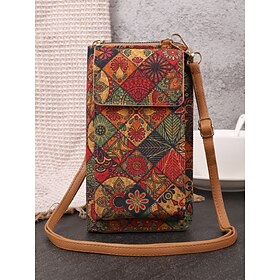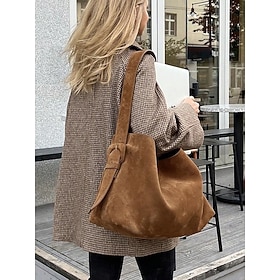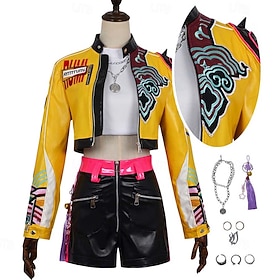A brief overview
The plus-size future tale of 2025 is bigger than a market forecast, this is a cultural and business transformation that redrafts the definition of inclusivity within fashion. Industry analysts forecast the global plus-size apparel market will be sized roughly USD 315.27 billion by the year 2025, with size growth set to pass USD 415 billion by the year 2030. Driving the figures is a combination of consumer demand, brand evolution, and company pressure to redefine size inclusivity within the mainstream of fashion.
View Plus Size Barbie DressMainstream Brands Shatter Old Pattern
Long lengths were on the sidelines and sometimes considered an afterthought or kept in isolation racks. That experience is evolving. H&M and Reformation have just increased their offerings and carry clothes to U.S. 30 and U.S. 24, respectively. The move shows that contemporary and street labels no longer restrict their products to a sizeable stock. Instead, they’re putting money into inclusion as part of their brand identity.
But Target, Nordstrom, and Walmart have switched to integrating their plus sizes into their general collections instead of sequestering them into “plus-only” sections. That microscopic shift in merchandising makes a difference: it asserts that fashion for fuller figures isn’t a category, but rather just style, a shift that aligns closely with today’s broader size-inclusive landscape. It’s an emerging cultural imperative that size inclusivity should be the norm, not an exception.
Specialty Retailers Face Market Pressure
Whilst large players are growing, the scenario is not the same for specialized plus-size stores. Torrid, the largest US player by category, revealed that it will shut about 180 poor-performing locations during 2025. The store shutting down is part of an overall plan to shift focus to E-commerce and multichannel retailing. The shift is reflective of financial pressures that beset specialized store players, with their brick-and-mortar stores being ever-exposed to changing buying habits and higher expenses.
Survival is operating between online convenience and faithful customer attention for Torrid and other companies. The store closures highlight how consumer appetite shifts to the internet, but how competition from mass-market brands carrying broader size profiles is squeezing one-time specialists.
You May Also Like:
- Fashion for Every Body: 2025’s Plus-Size Landscape
- Plus-Size Formalwear: A Guide to Feeling Empowered and Beautiful
- Meet Jessica Torres: A Plus-Size Powerhouse
Beyond Numbers: Cultural and Strategic Impact
The plus-size trend 2025 wave runs really deep. It’s not just cultural; its financial implications run to billions of dollars. On a cultural note, extended sizing confirms that representation counts, and increased consumers recognize themselves within advertising efforts and on apparel racks. On a business note, being inclusive serves as a growth accelerator, creating new income streams for businesses that had long ignored considerable parts of shoppers.
But the category also raises the danger of commodifying inclusivity. To consumers, choice is getting bigger, but depth questions linger: Are brands delivering genuine style equity across sizes, or just inflating existing motifs? And will special perimeter players, who earned the trust of plus communities, hold their unique value among crowded players?
Looking Ahead – Plus Size Growth 2025
By 2030, analysts project that the plus-size Market will go over USD 415 billion due to consumer pressures to provide more inclusive solutions and the continuing digital revolution of the store. The future of this sector will be shaped by the ability of brands to balance authenticity, accessibility, and profitability. For consumers, the trend promises wider selections on retail floors and virtual catalogs. For the business, however, it poses a significant question: will accommodation be a lasting cornerstone of style, or will it swing with economic demands?



















